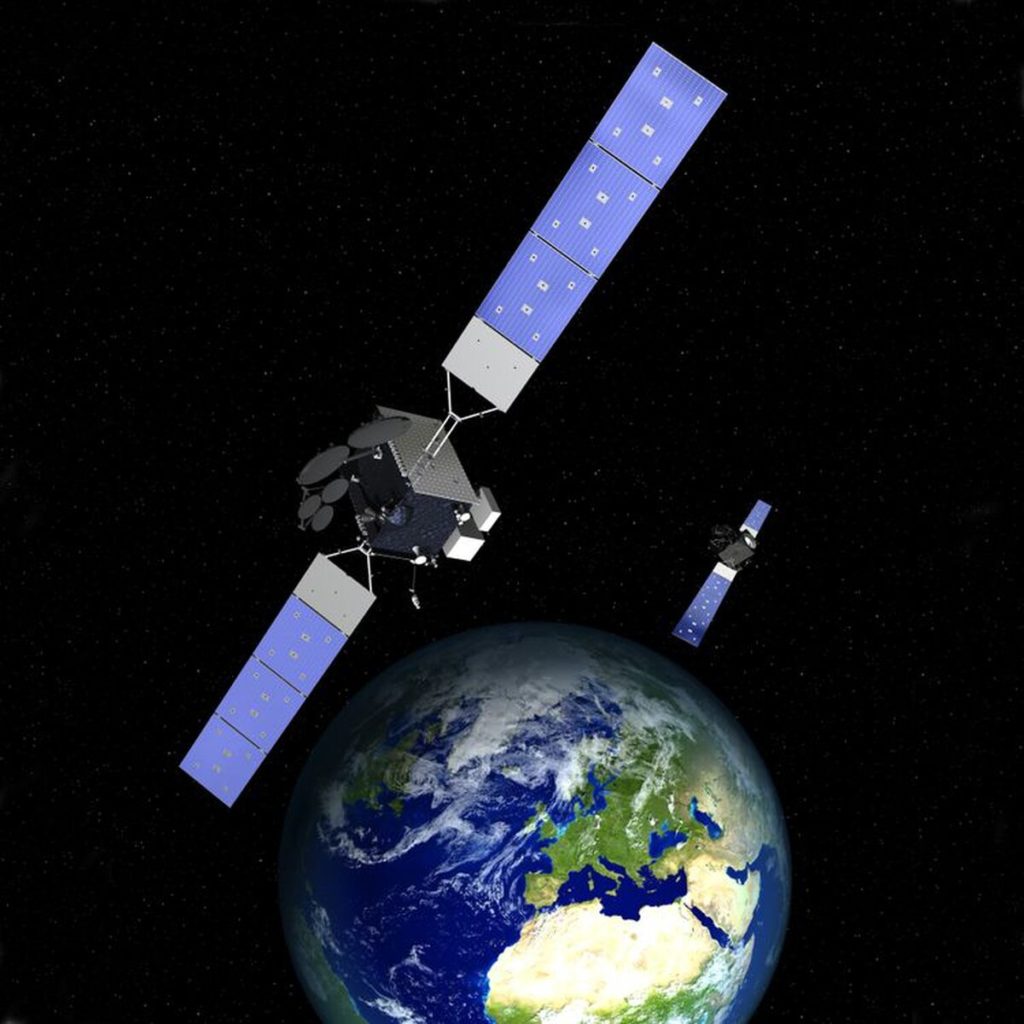
The Air Force needs to comprehend what sort of on-circle benefits the commercial space industry will have the option to offer the military in 2025.
The service’s Space and Missile Systems Center gave a solicitation for data Oct. 25 asking industry what inventive arrangements they will have the option to apply as a powerful influence for various subjects, from facilitated payloads or ridesharing to the on circle moving of satellites, in the five-year time frame beginning in 2025.
A focal point of the requesting is the way that since space is an undeniably challenged area, the Air Force can no long depend on costly, perfect satellites without expecting some type of interference.
“This environment allowed for the acquisition of long-life, highly capable, and expensive space systems that required high reliability and the motivation to strive for near 100% mission success. Looking forward, all components of space weapon systems, including [national security space] satellites, ground, and launch elements will be required to successfully support warfighter needs under demanding hostile environments,” the solicitation read.
Air Force leaders have said space systems should be stronger in one of three different ways: either through numbers, sturdiness or the capacity to fix or supplant harmed units.
Thus, the Department of Defense is adjusting to this new reality with three techniques.
The first is evident in the Space Development Agency, which is including flexibility through numbers. By propelling several little satellites into Low Earth Orbit that can enhance, back up or supplant lovely satellites, the office would like to make it progressively hard for enemies to cripple or deflect the United States’ space abilities.
A second technique concerns the ground fragment, where the Defense Department is attempting to supplant supposed stove-funneled frameworks with a shared view system with upgraded digital flexibility and a dispersed information infrastructure.
The office is gaining ground toward these two methods of reasoning, yet as per the solicitation, the United States has neglected to gain ground on the third piece: advancement with the launch, move and transport fragment of the national security space design.
In the 2025-2030 timespan, the Air Force is searching for on circle adjusting capacities that supplement that SDA’s proposed groups of stars. Specifically, administration is keen on imaginative approaches to move on circle satellites and facilitated payloads.
The request will sustain into the National Security Launch Architecture study, which will advise the Air Force’s future launch prerequisites.
The request goes ahead the impact points of huge progressions in the business advancement of on circle overhauling abilities.
Prior in October, SpaceLogistics, a Northrop Grumman auxiliary, propelled their first space vehicle fit for expanding the life of a current on circle satellite by docking with it and giving supplemental drive. That equivalent vehicle can likewise be utilized to move the satellite to another circle, if essential. What’s more, the chipping away at a subsequent vehicle with mechanical arms fit for fixing on circle satellites also. The Air Force has given an investigation agreement to SpaceLogistics through the Space Enterprise Consortium to take a gander at giving those services to DoD satellites.
DARPA is additionally chipping away at building its own satellite mechanic space vehicle it plans to launch in 2022.
Disclaimer: The views, suggestions, and opinions expressed here are the sole responsibility of the experts. No Insta Daily News journalist was involved in the writing and production of this article.